1994 [continued]
There was one more video that I bought in 1994, and it was something that I had seen at a record show dealer table and figured “what the hell” and paid a few dollars for. It was a video single [on VHS] of the clip”Day-In, Day-Out” from the ill-starred “Never Let Me Down” album of 1987. I had the 7″ clip on the “Video Collection” laserdisc but included here was the 12″ dance mix video, which [I’m reaching back here…] I may have seen once on Night Tracks the TBS weekend late-night video programming block. I think I watched this a single time and yes, making the tired song twice as long did nothing to improve the overall vibe. The long and short versions were here along with “Loving The Alien.”
I was much better off finally buying [used] Rykodisc CDs of albums that I had never heard yet. In close succession, I bought “Aladdin Sane” and “Pinups” from the used bins.
I only had familiarity with the great “Jean Genie” and I had heard a few tracks from here on “Sound + Vision” but there was an intriguingly curdled vision of a degenerate America throughout the cluster of songs. “The big winner here was definitely “Panic In Detroit,” which sounded like an apocalyptic Bo Diddley track. It was far more powerful than the somewhat dissolute version I had heard to little effect in its 1979 version included as a bonus track on “Scary Monsters.”
“Pinups” was a much lesser album, being exclusively covers. All from the UK beat/mod era, though The Easybeats were Commonwealth ringers from Australia [sssh!]. Most of these suggested that Bowie was coasting after abandoning Ziggy but not yet having a bead on his next concept.
1995
As 1994 became 1995, word began to leak out that Bowie had found his next concept, and I could not have been more excited. He was reuniting with Brian Eno for a new album due that year! It was a concept to gladden the heart of any Bowie aesthetes still riding that particular bus.
Next: …Be careful what you wish for
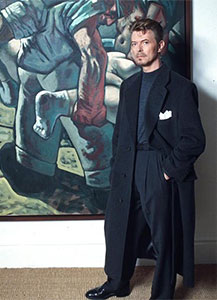
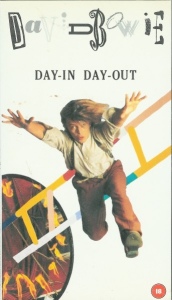
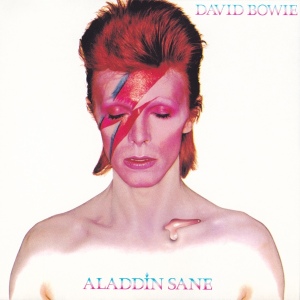
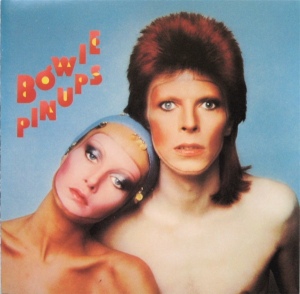

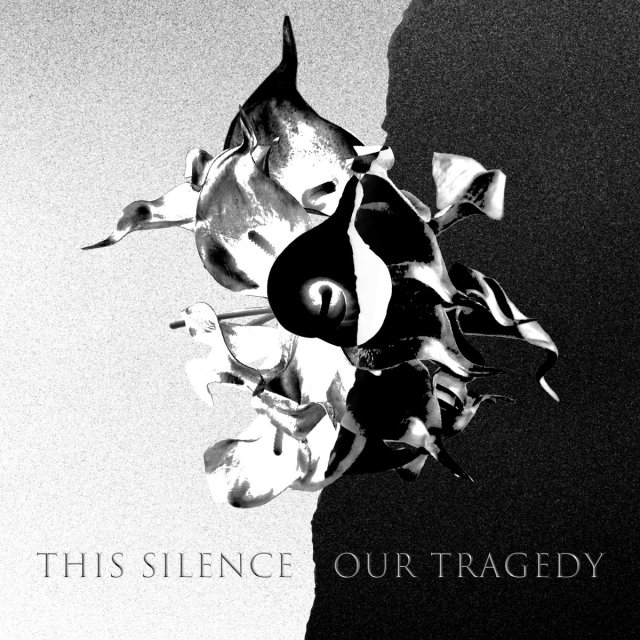



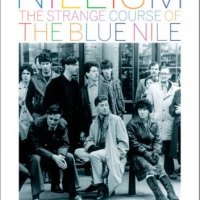
![Chris Cross: 1952-2024 [part 2]](https://postpunkmonk.files.wordpress.com/2024/04/ultravox-cross.jpg?w=200&h=200&crop=1)




Many say Aladdin Sane is the pinnacle of the Ziggy Era. Ok, but it all melds together for me from Ziggy to Diamond Dogs. I enjoy Pinups but I know it’s not the album to judge Bowie on. It’s higher on concept than execution basically.
What would be coming from Bowie as the 90’s began to wane was anyone’s guess, but once Eno’s name got mentioned, my musical radar was working overtime.
LikeLike
Echorich – I put “Diamond Dogs” way out front of that pack. It’s more sophisticated even if it is a mopping up operation for a project that was stillborn. It has a song titled “Chant Of The Ever Circling Skeletal Family!” Cut it! Print it! Love it!
LikeLike
If you are comparing the 3 Ziggy era albums of original material, yes, Diamond Dogs is the album that reflects the growth of Bowie the (unwilling?) Rock Star into Bowie, the Rock Artist. The changes and transformations prior to Diamond Dogs were part of a quest for acceptance and recognition. With Diamond Dogs as the springboard, Bowie realized he had the ability to write his own destiny finally (well, within the parameters of Mainman’s marionette operator’s desires).
LikeLike
I always saw Diamond Dogs (or more accurately, The 1980 Floorshow) as his first real attempt to take rock out beyond the “rock star sings rock songs” template he had already perverted. It was intended as a stage show, and what a show it would have been! Bowie was writing in a different vein there, thinking staging and visuals in a different way than just playing dress-up and using sex appeal. What became DD was intended as a full-on show, and that made a palpable difference to both its origins and what it ended up being.
LikeLike
When Diamond Dogs finally went on the road in the US, it was noted to be one of the largest convoys of trucks for the stage set up to that point. When Bowie returned to may US cities later in the year now focused on the funk of Young Americans, the stage set was cleared bare and the trucks sent home.
Diamond Dogs’ stage set for The Hunger City certainly had an air of post Bauhaus/Deco/Ayn Rand (yeah I know she isn’t architectural in a physical sense but oh, the architecture of self) Futurism that was really pretty fantastic.
LikeLike
Echorich – Hmmm. I have yet to ever see photos of this vaunted stage. I only saw the maquette at “David Bowie Is…” Back in 2014. Saaaaay… now that he’s gone will they change the show title to “David Bowie Was?”
LikeLike